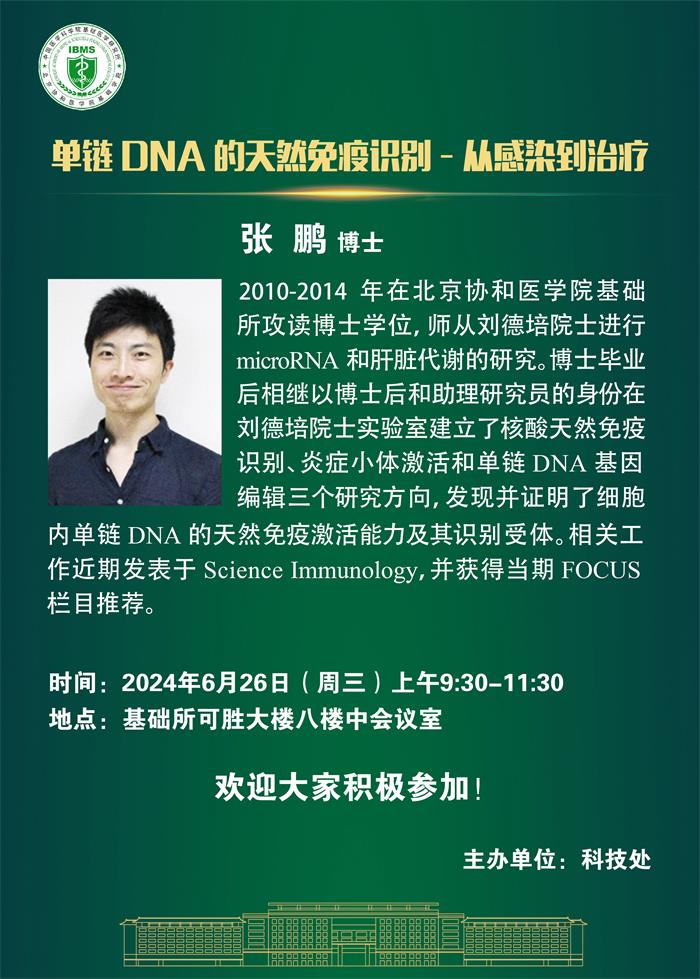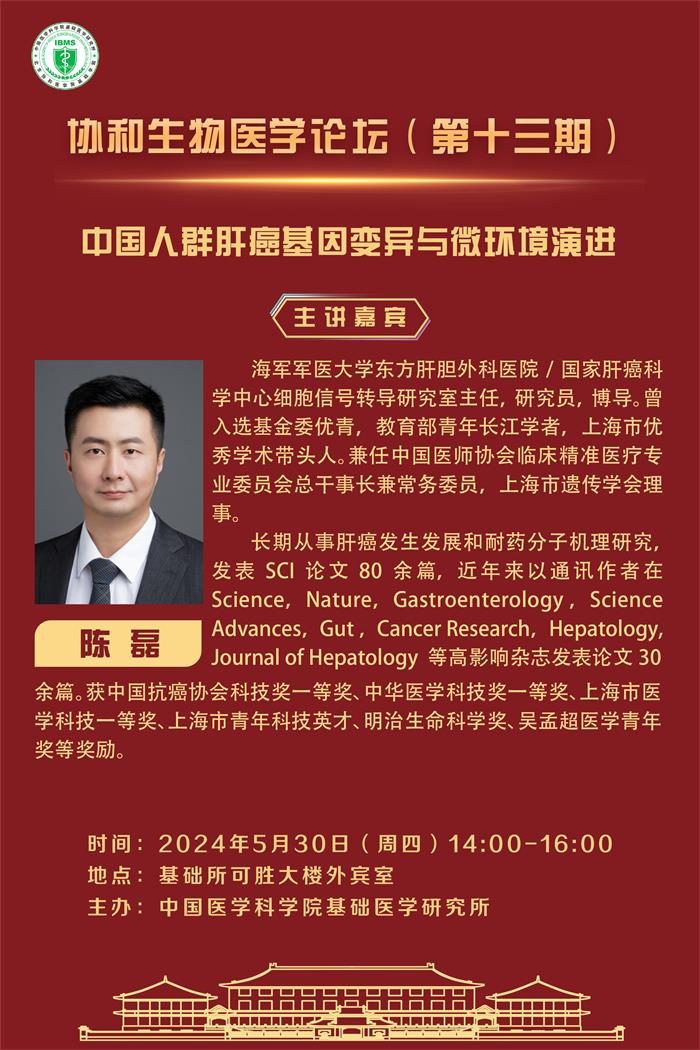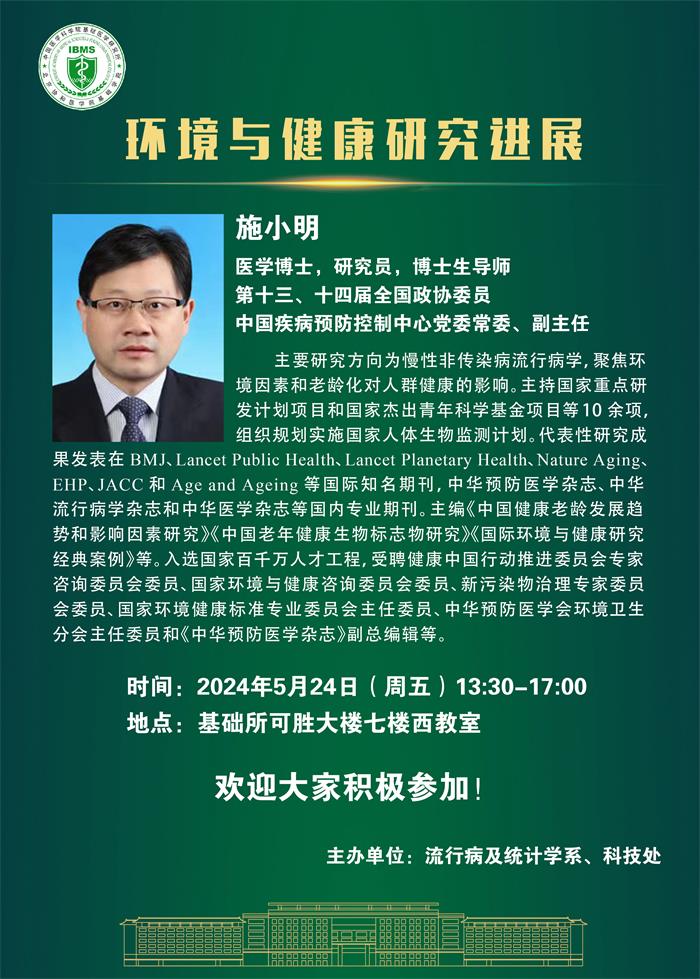Role of IgE-FcεR1 in Pathological Cardiac Remodeling and Dysfunction
Hongmei Zhao # 1, Hongqin Yang # 1, Chi Geng # 1, Yang Chen 2, Junling Pang 1, Ting Shu 1, Meijun Zhao 1, Yaqin Tang 1, Zhiwei Li 1, Baicun Li 1, Cuiliu Hou 1, Xiaomin Song 1, Aoxue Wu 3, Xiaoxiao Guo 3, Si Chen 4, Bin Liu 4, Chen Yan 4, Jing Wang 1
Circulation. 2021 Mar 9;143(10):1014-1030. doi: 10.1161/CIRCULATIONAHA.120.047852.
PMID: 33305586
Abstract
Background: Immunoglobulin E (IgE) belongs to a class of immunoglobulins involved in immune response to specific allergens. However, the roles of IgE and IgE receptor (FcεR1) in pathological cardiac remodeling and heart failure are unknown.
Methods: Serum IgE levels and cardiac FcεR1 expression were assessed in diseased hearts from human and mouse. The role of FcεR1 signaling in pathological cardiac remodeling was explored in vivo by FcεR1 genetic depletion, anti-IgE antibodies, and bone marrow transplantation. The roles of the IgE-FcεR1 pathway were further evaluated in vitro in primary cultured rat cardiomyocytes and cardiac fibroblasts (CFs). RNA sequencing and bioinformatic analyses were used to identify biochemical changes and signaling pathways that are regulated by IgE/FcεR1.
Results: Serum IgE levels were significantly elevated in patients with heart failure as well as in 2 mouse cardiac disease models induced by chronic pressure overload via transverse aortic constriction and chronic angiotensin II infusion. Interestingly, FcεR1 expression levels were also significantly upregulated in failing hearts from human and mouse. Blockade of the IgE-FcεR1 pathway by FcεR1 knockout alleviated transverse aortic constriction- or angiotensin II-induced pathological cardiac remodeling or dysfunction. Anti-IgE antibodies (including the clinical drug omalizumab) also significantly alleviated angiotensin II-induced cardiac remodeling. Bone marrow transplantation experiments indicated that IgE-induced cardiac remodeling was mediated through non-bone marrow-derived cells. FcεR1 was found to be expressed in both cardiomyocytes and CFs. In cultured rat cardiomyocytes, IgE-induced cardiomyocyte hypertrophy and hypertrophic marker expression were abolished by depleting FcεR1. In cultured rat CFs, IgE-induced CF activation and matrix protein production were also blocked by FcεR1 deficiency. RNA sequencing and signaling pathway analyses revealed that transforming growth factor-β may be a critical mediator, and blocking transforming growth factor-β indeed alleviated IgE-induced cardiomyocyte hypertrophy and cardiac fibroblast activation in vitro.
Conclusions: Our findings suggest that IgE induction plays a causative role in pathological cardiac remodeling, at least partially via the activation of IgE-FcεR1 signaling in cardiomyocytes and CFs. Therapeutic strategies targeting the IgE-FcεR1 axis may be effective for managing IgE-mediated cardiac remodeling.





